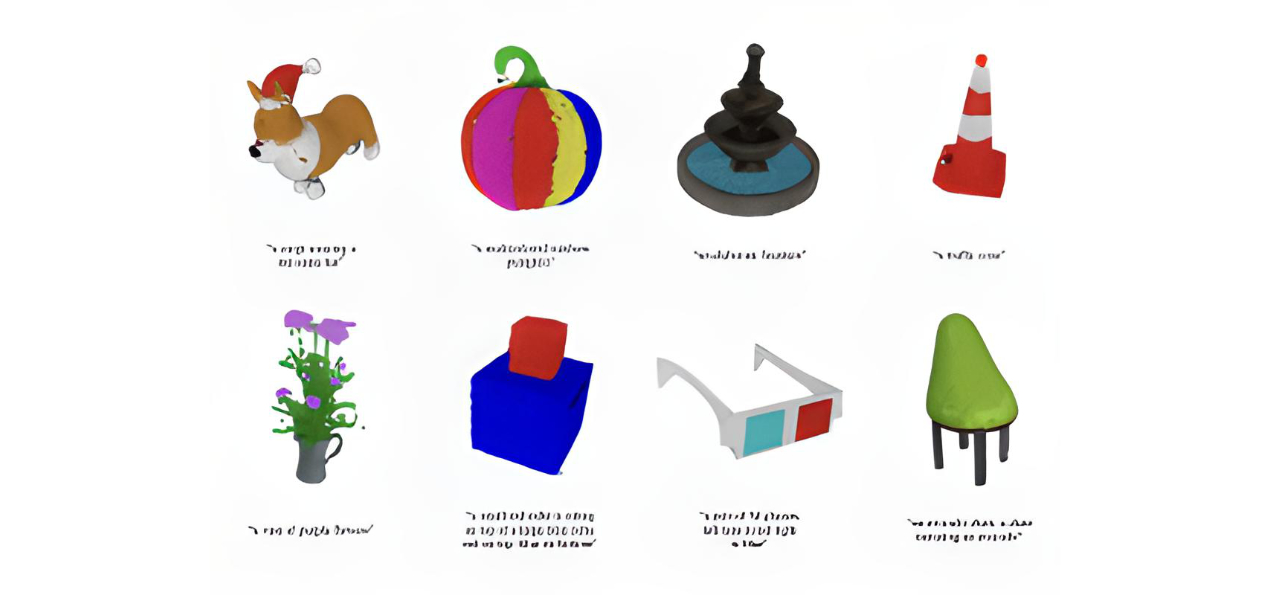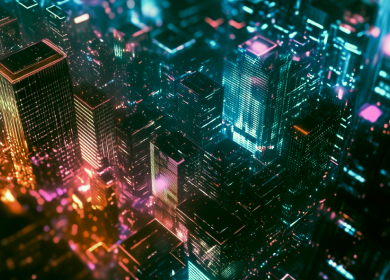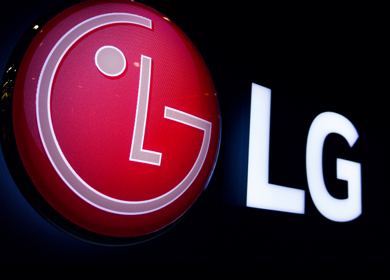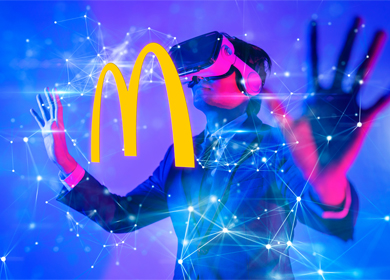Open AI Releases Point-E to Generate 3D Models for Metaverse
Published: December 21, 2022

Open AI, a generative artificial intelligence platform, recently announced the release of its newest 3D image model generator, Point-E.
According to a paper published by Open AI, Point-E can produce 3D models through a diffusion method that works on point clouds. The 3D point clouds are produced directly from text prompts. Point E only requires one to two minutes and a single GPU to generate the images.
To produce a 3D object from a text prompt, we first sample an image using the text-to-image model, and then sample a 3D object conditioned on the sampled image. Both of these steps can be performed in a number of seconds and do not require expensive optimization procedures
Alex Nichol
Head of OpenAI Research Team
It is also noted that Open AI’s DALL-E 2—a text-to-image generator—was one of the sought-after transformer-based models among AI enthusiasts in 2022. Besides its ChatGPT is a popular conversional bot that assists in content creation.
Point E was developed with a focus on virtual reality, gaming, and industrial design, as it can generate 3D objects up to 600x faster than current methods.
At times, Point E can fail to capture an object’s accurate shape or texture, resulting in distorted shapes. To go beyond this limitation, the Point-E team trained an AI system that converts Point-E’s point clouds to meshes.
Point E has been open-sourced on GitHub so that users can experiment with it.
Can Point-E Aid in Envisioning 3D Models for the Metaverse?
3D modelling capabilities are the crux of the metaverse. However, creating photorealistic 3D images is still a time-consuming and resource-intensive process. For instance, Google's DreamFusion typically requires multiple hours and GPUs to generate the images.
At this point in time, the release of point E, with its stupendous magnitude, sounds nothing less than a revolution. Not just for 3D enthusiasts but also for brands and marketers, as the metaverse provides a unique, fresh new way to connect with customers.
Be it a building, an environment, or any objects required to run a business in the virtual world, bolstering the 3D modelling capabilities is crucial. Point E will possibly accomplish this by lessening the time consumption for 3D object creation and enhancing the 3D designers’ productivity.
However, Point-E is not without its share of potential flaw. It shows inaccuracies in creating 3D images from time-to-time and is not yet fully perfect. Nevertheless, its speed and inexpensive optimization procedures outweigh its disadvantages, paving the way for a content-hungry metaverse. With improvements in machine learning algorithms, it can possibly be refined to create realistic 3D models.










Be the first one to comment.